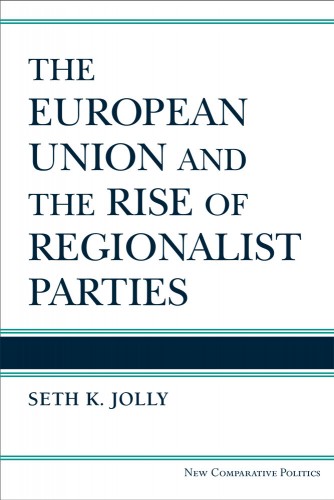The European Union and the Rise of Regionalist Parties
Reviewed by Anwen Elias (webpage)
In many places, demands for self-government have re-emerged on to the political agenda in recent years. In Western Europe, this trend has posed a challenge not just to the territorial integrity of states, but also to the existing European political order since many regionalist parties aim for enhanced self-government within a broader European political, economic and security framework. From a regionalist perspective, therefore, territorial empowerment and European integration have often been perceived as inter-linked and mutually reinforcing processes that have the potential to fundamentally alter the way in which political authority is organised in this part of the world.
Jolly's book provides an important and timely new study of this linkage between regionalist mobilization and European integration. In contrast to scholars of territorial politics who have already documented the increasing enthusiasm of regionalist parties towards the EU, Jolly's aim is to examine whether or not European integration encourages regionalist mobilization within European Union member states. This focus on European integration as an independent variable in the electoral participation and success of regionalist parties is novel. The findings of the empirical analysis are unambiguous: "Prior to elections, European integration makes regional political parties more likely to compete in national parliamentary elections. Once the parties enter competition, European integration encourages voters to support these parties" (pg. 151).
The key to explaining this linkage between European integration and the electoral incidence and success of regionalist parties is the "Viability Theory" which is set out in the book's second chapter. The basic hypothesis, which is subsequently confirmed through empirical analysis, is that European integration has created a new opportunity structure for regionalist parties to argue that self-government is more viable within a European framework. The EU thus helps to make these parties' self-government demands more credible, and therefore more attractive, to voters. This is not the first time that scholars have drawn on the logic of "viability" to explain the relationship between regionalist parties and European integration. What stands out in Jolly's book, however, is the systematic way in which this theoretical proposition is initially set out (drawing in detail on the political economy literature on the optimum size of states) and subsequently explored empirically.
This empirical analysis proceeds in a series of steps through chapters three to five, each one employing (and often combining) different methodological approaches at different levels of analysis. Chapter Three begins by providing a comparative statistical analysis of the electoral incidence (i.e. where parties compete) and success of regionalist political parties in state-wide elections. Using a dataset of all regions within 14 EU Member States from 1950-2010, Jolly finds that whilst cultural difference is a powerful determinant of regionalist party electoral mobilisation and performance, European integration also increases the likelihood of parties' incidence and success. In order to assess the causal mechanism underpinning this trend, Chapters Four and Five focus on understanding how regionalist parties and their voters perceive European integration. The former turns initially to expert surveys of party attitudes towards the EU, and finds regionalist parties generally to be Euro-enthusiasts. A qualitative analysis of the European rhetoric of the Scottish National Party (SNP) supports such a finding, and provides additional evidence of how regionalist parties frame European integration as improving the "viability" and credibility of self-government. Chapter Five then shifts the focus from regionalist parties to citizens. An analysis of public support for European integration using Eurobarometer data shows that regionalist party supporters to also be favourable towards European integration. An analysis of survey data at the time of Scottish devolution referendums in 1979 and 1997 allows Jolly to examine the reasons for this pro-EU stance in detail; he argues that the "success of the 1997 referendum can be linked to a diminished fear of independence", as a result of the SNP's successful framing of "independence in Europe" as a less risky, and more viable, political option.
Taking all of these empirical findings together, Jolly concludes that it is "the Viability Theory that provides the causal link between deeper integration and more sub-national mobilization" (pg. 148). This is certainly a compelling argument, made on the basis of detailed and systematic empirical analysis. Indeed, one of the strengths of this book is its carefully reasoned research design, which combines cross-national quantitative analysis of election and survey data with case study-specific analysis. Such an approach is a welcome addition to the literature on regionalist parties where qualitative study of single case studies has predominated. It also allows significant new insights into a party family that has often been neglected by other studies of the impact of European integration on political parties.
If the book has a weakness, it is that in trumpeting the impact of European integration on the electoral participation and success of regionalist parties so loudly, it overlooks other potential explanations for these actors' mobilisation. For example, other scholars who have examined the growing support for Scottish devolution between 1979 and 1997 have stressed the importance of shifting dynamics of party competition during this period, but such arguments are overlooked in Jolly's analysis. European integration is thus more likely to be one (admittedly neglected) factor alongside many others that explain the electoral performance of regionalist parties. It is also a shame that, whilst the study points to the apparent cooling of regionalist parties' euro-enthusiasm from the late 1990s, it does not explore the reasons for this or its implications for regionalist party mobilisation in any detail. There are still questions to be answered about how recent developments in EU politics, such as the economic crisis, may have impacted upon the capacity of regionalist parties' to argue that self-government remains viable within a broader European framework.
So this book is not the definitive work on the linkage between regionalist party mobilization and European integration. It is nevertheless a significant and important contribution to the extant literature, and essential reading for scholars of party and territorial politics alike.
